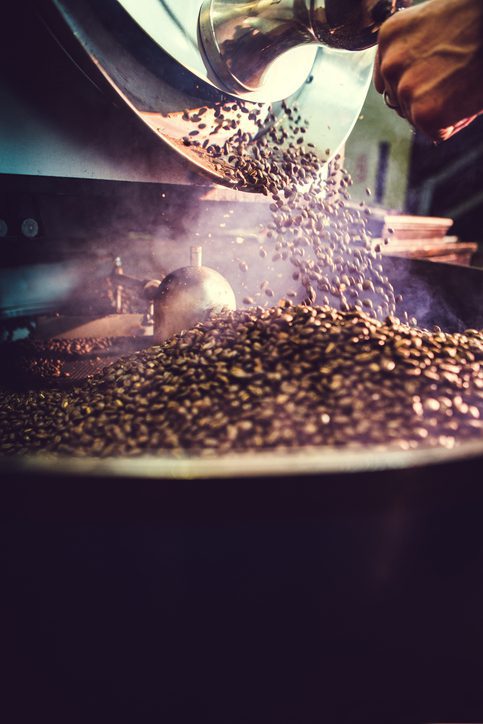The Art of Coffee Roasting: Understanding the Process
Coffee roasting is a fascinating process that transforms green coffee beans into the aromatic and flavorful beans we use to brew coffee. The art of coffee roasting involves a delicate balance of time, temperature, and skill to achieve the desired flavor profile. Brisk Coffee Roasters in Tampa, FL invites you to delve into the process and gain a better understanding of how it works.
- Green Coffee Beans: Coffee beans start off as green seeds found inside the coffee cherry. These seeds undergo various stages of processing before they are ready for roasting. Factors such as the origin, altitude, and variety of the beans contribute to their unique characteristics and flavor potential.
- Roasting Equipment: Coffee roasting can be done using various types of equipment, including drum roasters, hot air roasters, and fluid bed roasters. Drum roasters are commonly used and consist of a rotating drum where the beans are heated.
- Roasting Parameters: The roasting process involves controlling three primary parameters: temperature, time, and airflow. Each parameter can greatly influence the final flavor of the coffee.
- Temperature: The temperature is gradually increased during the roasting process. Initially, the beans are heated at a lower temperature to remove moisture and initiate the roasting reactions. As the roast progresses, the temperature is raised to bring out the desired flavors and aromas.
- Time: The duration of the roast affects the development of flavors. A longer roast time typically results in a darker roast with bolder flavors, while shorter roast times yield lighter roasts with more acidic and delicate flavors.
- Airflow: The airflow helps regulate the heat transfer and removes chaff, which is the papery skin that separates from the beans during roasting. Adjusting the airflow can influence the roast profile and the evenness of the roast.
- Roast Levels: Coffee roasts are often classified into different levels based on the degree of roast. The common roast levels include:
- Light Roast: Light brown in color, with a milder flavor and higher acidity. The beans retain more of their original characteristics and may exhibit floral and fruity notes.
- Medium Roast: Medium brown in color, this roast strikes a balance between acidity and body. It showcases a more rounded flavor profile with caramel and chocolate notes.
- Dark Roast: Dark brown to almost black, this roast is characterized by bold and smoky flavors. The acidity is lower, and the body is fuller. The individual origin characteristics are less pronounced, and the roast flavors dominate.
- Other Roast Levels: There are also specialty roasts such as City, Full City, Vienna, and French roasts, each offering unique flavor profiles.
- First Crack and Second Crack: During the roasting process, two significant events known as “cracks” occur:
- First Crack: As the beans heat up, they undergo physical and chemical changes. The first crack is a popping sound caused by the release of steam and the expansion of the beans. This marks the transition from light to medium roast. Light roasts are typically stopped shortly after the first crack.
- Second Crack: In darker roasts, a second crack may occur. It is usually louder and sharper than the first crack and indicates that the beans have reached a higher level of roast. Dark roasts are typically stopped before or after the second crack.
- Cooling and Degassing: After the desired roast level is achieved, the beans need to be cooled rapidly to halt the roasting process and prevent over-roasting. Cooling also helps preserve the volatile compounds responsible for the coffee’s aroma. The beans are then allowed to degas, a process during which they release carbon dioxide built up during roasting.
- Resting and Storage: After degassing, coffee beans benefit from a resting period, typically 12 to 24 hours, during which they stabilize and develop more complex flavors. Once rested, the beans can be ground and brewed. To maintain freshness, it’s important to store roasted coffee beans in airtight containers away from light, heat, and moisture.
Brisk Coffee Roasters
Brisk Coffee Roasters in Tampa, FL is home to coffee perfection. For over 40 years, our philosophy has been to consistently deliver the freshest, richest coffees available anywhere. Our goal is to always exceed expectations with regard to service and quality. Also, to provide 100-percent satisfaction to our customers.
Coffee roasting is both an art and a science, requiring skill, experience, and experimentation – and Brisk has perfected them. Contact us today to learn more about how we can help with your coffee program with beans that are always roasted fresh and delivered daily.
< Back to Blog


